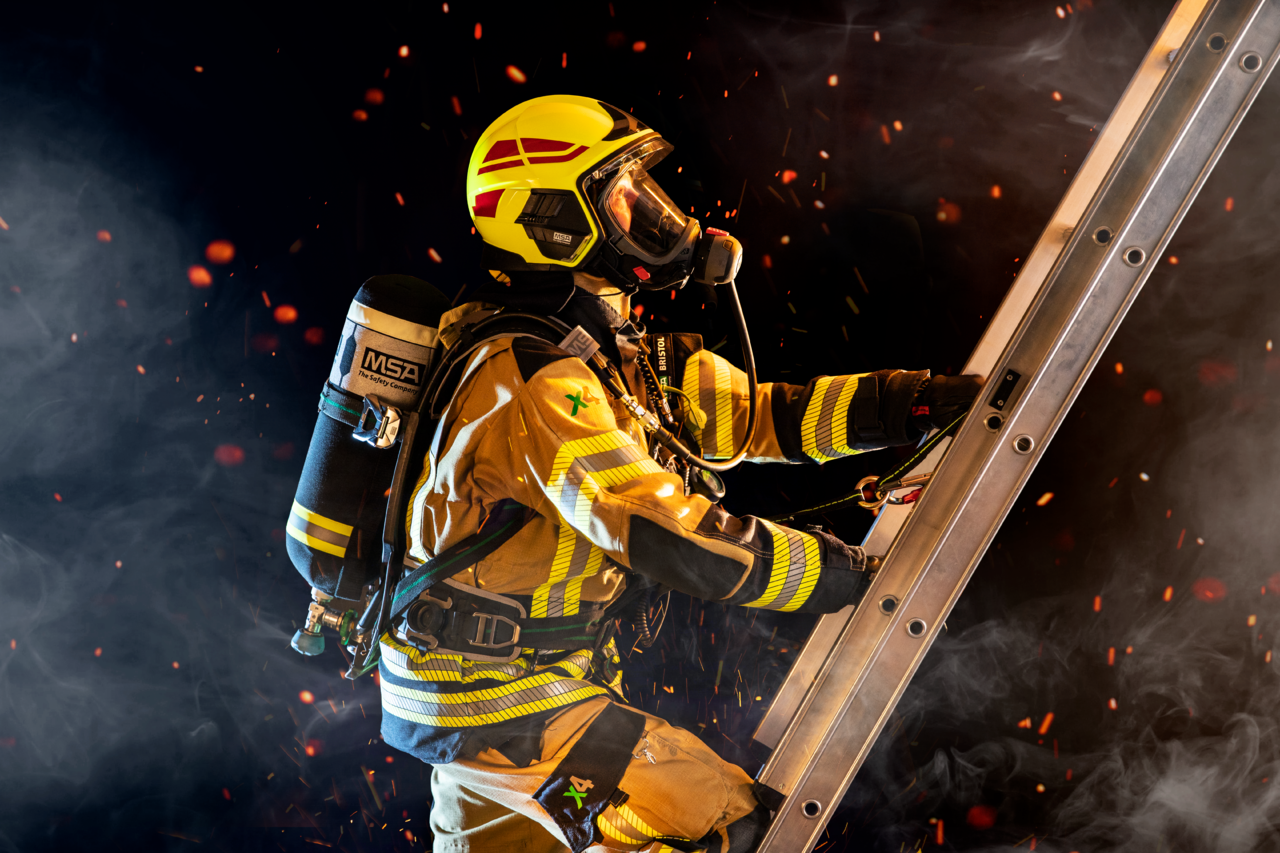
Protective clothing is a vital component in ensuring the safety of firefighters, providing a barrier against heat, flames, and other hazards. As the world’s climate changes, firefighters face increasing unpredictability, and preparedness is a bigger priority than ever. It is, therefore, crucial to select fire protective clothing that can withstand trying conditions and meets the unique needs of a firefighter’s job to ensure their safety and well-being. By carefully considering these five factors, firefighters and decision-makers can choose gear that will help keep them safe and prepared for any situation.
Firefighting activities vary significantly, and each application requires unique protective clothing properties. For example, structural firefighting, urban search and rescue, and wildland firefighting all require different gear designs to provide the wearer with the best possible protection from their environment. Therefore, when selecting firefighting clothing, it is essential to carry out a thorough risk assessment to determine the type of activity and the hazards that firefighters may encounter.
For structural firefighting, all gear should conform to the most widely used standards, such as EN469:2020, Level 2, AS4967:2019 or NFPA 1971:2018. These garments must provide an outer layer to protect against flame injury, a moisture barrier to protect against water and liquid chemical penetration, and an inner thermal barrier and lining to protect against heat from proximity to flame.
PPE designed for technical rescue, also known as Urban Search and Rescue (USAR), is becoming common in confined space operations and road traffic accidents. These garments typically feature a two-layer construction, which includes a flame-retardant outer layer and a waterproof membrane. This design provides flexibility and physical protection against injuries during deployments in collapsed buildings or damaged vehicles. The membrane also reduces the risk of infection from diseases that can be transmitted through blood and body fluid transfer during interventions in road accidents.
Protective clothing worn during wildland firefighting is specially designed with a single layer of flame-retardant outer shell. This minimises the potential for heat stress while protecting against radiant heat and direct flames. This is especially crucial for firefighters who endure extended shifts in dry and hot weather conditions, particularly as wildfires become hotter and more frequent.
Another crucial factor is the fabric and fibres used in fire protective clothing. Firefighting clothing must be made of materials and fibres that can provide optimal protection against various hazards and have moisture management properties to prevent the accumulation of sweat and heat exhaustion.
The most commonly used fibres in firefighting clothing are inherently flame-retardant fibres, such as para- and meta-aramids and polybenzimidazole. Para-aramids are known for their strength and durability, while meta-aramids are preferred for their thermal stability and high-temperature resistance. Polybenzimidazole is known for its excellent resistance to flame and heat, making it an ideal choice for firefighting clothing.
The comfort of fire protective clothing ensures that firefighters can work for extended periods without experiencing discomfort or movement restrictions. However, creating comfortable firefighting clothing without compromising the level of protection the garment offers, and vice versa, is a delicate balance. Reducing heat stress, for example, is a significant focus point for increasing comfort without impacting effectiveness, and a clothing design that allows sweat to move away from the body can aid this.
It’s also essential to have correctly fitting firefighting clothing to ensure optimal protection and comfort. Clothing that is too small or tight can hinder mobility and cause discomfort, which can impact the task at hand and lower the level of thermal protection. Ensuring firefighting clothing is sized correctly and fitted can increase a firefighter’s effectiveness in hazardous situations.
Carrying all the equipment firefighters require can also be physically demanding. Therefore, it is becoming increasingly important to reduce the weight of each component, including protective clothing. By using lightweight, high-quality fabrics, firefighters can achieve greater efficiency and comfort while on duty without compromising the required level of protection.
When choosing appropriate fire protective clothing, it’s essential to consider the role of compatibility. Compatible fire protective clothing is designed to work well with other firefighting equipment such as gloves, boots, helmets, and SBCA. When worn together, these fully compatible systems are designed to work optimally and maximise both comfort and safety.
For instance, compatible fire protective clothing can be designed with increased padding to reduce pressure points when wearing the right SBCA. These minor adjustments can improve the effectiveness of firefighters in hazardous situations and even prevent injuries.
Compatibility also allows decision-makers to work closely with suppliers to create a comprehensive equipment system offering complete protection for firefighters.
Lastly, durability is a crucial factor that can significantly impact the effectiveness of fire-protective clothing. The durability of the clothing is assessed by testing its tensile, tearing, and seam strength, as well as its resistance to abrasion and puncture. When selecting firefighter clothing, it’s essential to consider the laundering method and frequency of washing the garments, as it can have a lasting impact on their performance and the long-term cost of ownership.
In conclusion, selecting appropriate clothing for firefighting that provides optimal protection, comfort, and compatibility while being durable and easy to clean and repair is critical, particularly when considering the total cost of ownership. By considering these factors, firefighters can perform their job more efficiently and safely. Remember that choosing suitable protective clothing is about protecting firefighters from hazards and ensuring their comfort and mobility to perform their jobs effectively and safely in a changing world.
Sources:
https://eu.tencatefabrics.com/blog
https://firesciencereviews.springeropen.com/articles/10.1186/s40038-014-0004-0
https://www.fireproductsearch.com/firefighter-suits-protection-comfort-technology/